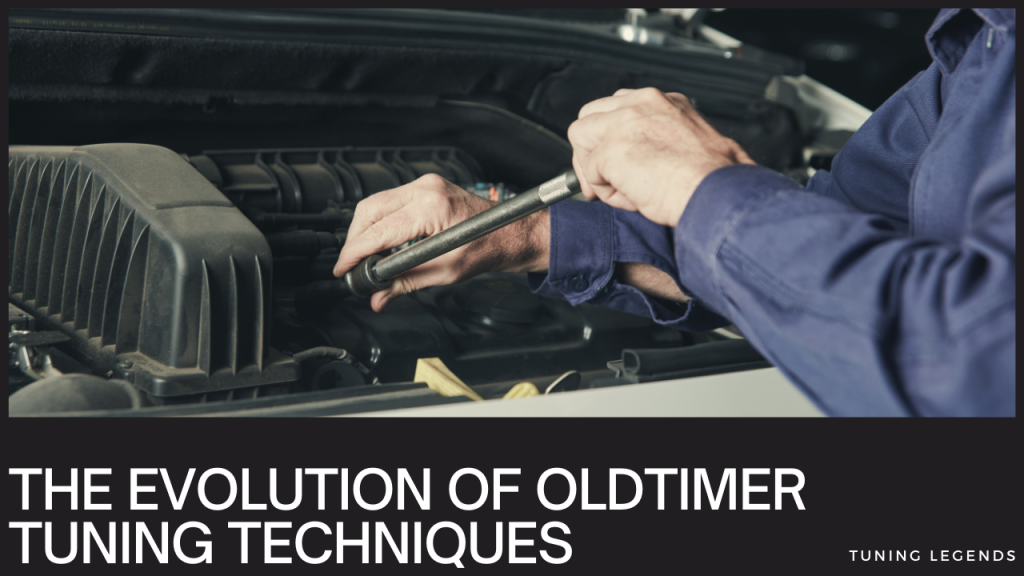The evolution of oldtimer tuning reflects broader changes in automotive technology and aesthetics. What began as a niche hobby for car enthusiasts has transformed into a sophisticated field that marries classic automotive design with modern advancements. This evolution highlights how tuning practices have shifted from simple repairs to intricate enhancements that blend historical authenticity with contemporary performance.
In the early days of oldtimer tuning, the focus was primarily on preserving the car’s original features. Enthusiasts would meticulously restore vintage cars to their factory specifications, aiming to maintain the historical accuracy of each vehicle. This involved sourcing original parts and replicating factory finishes to ensure that the car retained its classic look and feel.
As automotive technology advanced, tuning practices began to incorporate modern innovations. The introduction of electronic fuel injection and advanced ignition systems offered opportunities to enhance the performance and reliability of oldtimers. Tuning became not just about preserving the past but also about integrating modern technology to improve driving dynamics and efficiency. This shift allowed classic cars to benefit from the latest advancements without sacrificing their vintage appeal.
The rise of performance tuning in the 1980s and 1990s marked a significant turning point. During this period, enthusiasts began to explore ways to boost the power and handling of oldtimers using contemporary components. Turbochargers, upgraded suspension systems, and modern braking technology became popular modifications. These enhancements aimed to improve performance while maintaining the car’s classic design and character.
In recent years, the trend has moved towards a more nuanced approach. Today’s oldtimer tuning often involves a blend of restoration and modern upgrades. Enthusiasts seek to achieve a balance between preserving the car’s original charm and incorporating advanced features that enhance usability and performance. For example, retrofitting modern air conditioning systems or installing discreetly integrated navigation systems are common practices that improve comfort without altering the vehicle’s classic appearance.
The rise of electric and hybrid technologies has also influenced oldtimer tuning. Some enthusiasts are exploring ways to convert classic cars to electric power, providing a sustainable alternative while retaining the car’s vintage aesthetics. These conversions involve integrating electric drivetrains and battery systems in a manner that respects the original design.
In summary, the evolution of oldtimer tuning reflects a journey from pure preservation to a sophisticated blend of historical authenticity and modern innovation. As technology continues to advance, tuning practices will likely continue to evolve, offering new ways to enhance and enjoy classic vehicles while honoring their timeless appeal.

